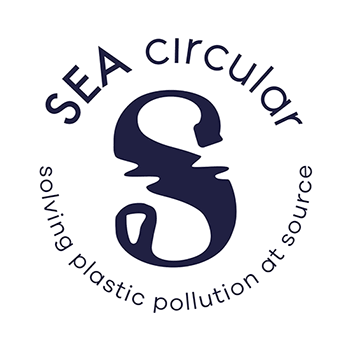17 February 2020, Kuala Lumpur, Malaysia: The World Wide Fund for Nature (WWF) has released a report detailing the volume of plastic packaging placed on the market by packaging type and application.
The new report, ‘Plastic Packaging in Southeast Asia and China’, found that in South-East Asia and China, rapid economic growth has led to an immense increase in the use of plastic, especially for packaging consumer goods.
Thomas Schuldt, Regional Coordinator SEA, Plastic Circular Economy for WWF-Malaysia, said “Plastic waste ends up in the environment primarily because of inadequate systems for collecting and treating waste, particularly in the developing world. Segregation of waste is rare, and very little municipal waste is recycled. When recycling does happen, it usually depends on the informal sector, private enterprises or community initiatives.”
Waste management systems in the region are proving inadequate. In China and Thailand, for example, only around half the waste is collected, whilst in Malaysia and the Philippines, just 15% is safely disposed of.
Malaysia also ranked the highest among the six countries in terms of annual per capita plastic packaging consumption, at 16.78 kg per person, followed by Thailand at 15.52 kg per person per annum.
The report also looked at the total estimated annual household plastic packaging consumption, which amounted to 523,000 tonnes for Malaysia.
The ‘Plastic Packaging in Southeast Asia and China’ report looks at the plastic waste of six countries; China, Indonesia, Malaysia, the Philippines, Thailand and Viet Nam. It focuses on household consumption of plastic packaging, as this is the plastic most likely to end up in the oceans. The data includes plastic packaging consumption among private households, small businesses and other end users such as schools, hospitals and government buildings, but not retail/wholesale or industry.
The report suggests that an effective solution is the application of the extended producer responsibility (EPR) concept. EPR schemes require companies – which place packaged goods on a market – to pay a fee to an independent system operator. This system operator will then use these funds to contract waste management services for segregated collection and recycling, educate consumers to achieve higher waste segregation rates, and sometimes even fund research and development of easier-to-recycle materials.
The report recommends governments to create a regulatory framework for EPR schemes to avoid free-riding of non-compliant companies, whilst allowing the independent system operators sufficient room to detail out a highly-effective EPR scheme.
More than 30 countries have already implemented EPR programmes, and around 400 schemes exist worldwide. Since EPR schemes can help governments address shortfalls in financial resources for waste management which leads to plastic pollution, the report provides an example of an effective solution.
Under the German EPR scheme for packaging, companies pay a fee of around €450 per tonne of plastic packaging they put on the market. Applying this figure to the estimated annual 523,000 tonnes of plastic packaging consumed, Malaysia could stand to raise €235 million (RM 1,077 million) per year, if EPR programmes are successfully implemented.
Tackling the plastic pollution crisis requires governments and companies to work together, with active involvement from consumers.EPR schemes play a crucial role in addressing this problem by providing an ongoing source of financing for collecting and processing waste, as well as encouraging companies to adopt eco-design practices and educating consumers.
More information:

